Wings on the Wind: Spring Migration Through Southern Arizona
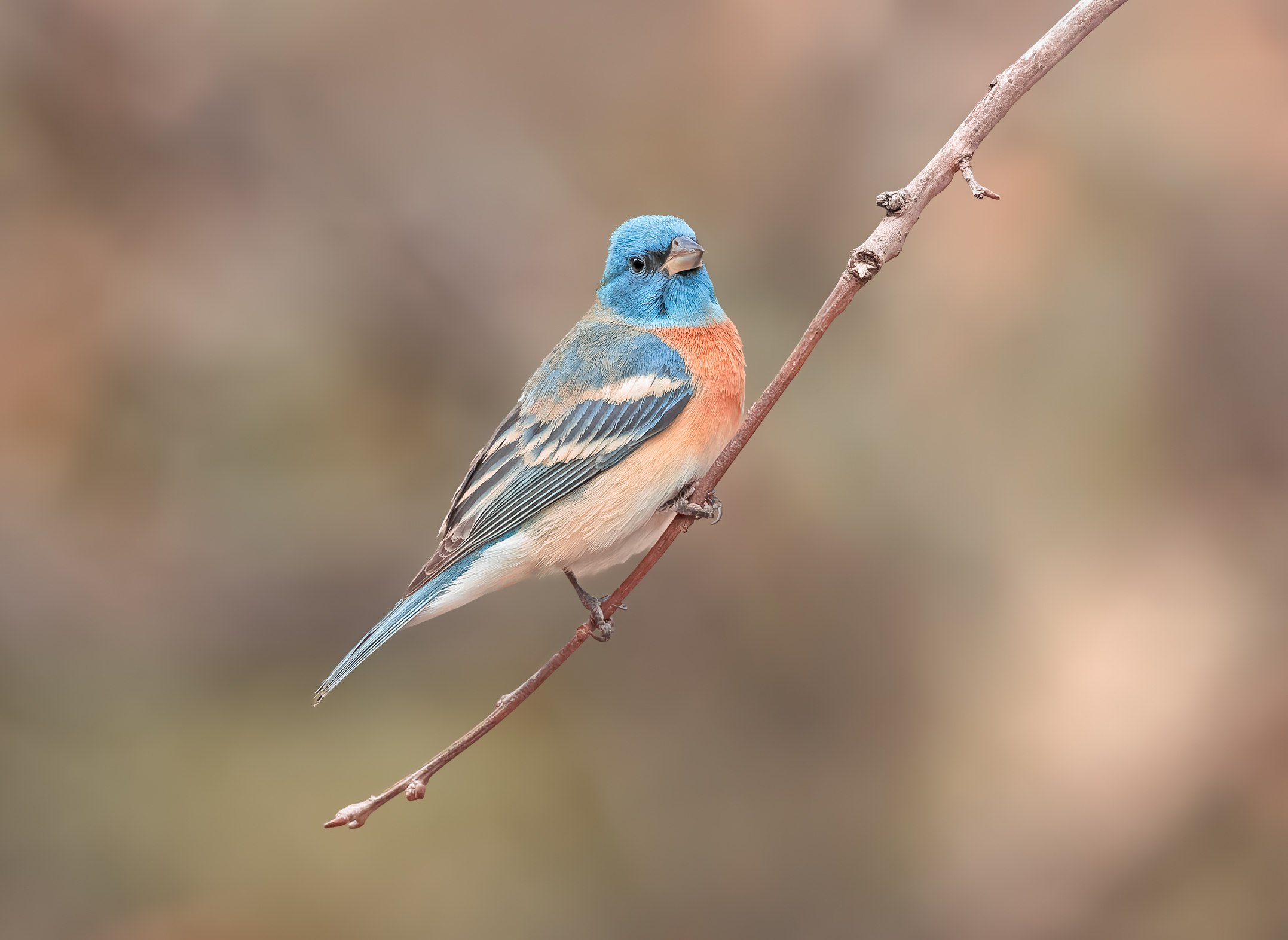
Here in Southern Arizona, spring breathes life into our desert skies as thousands of passing songbirds, raptors, and hummingbirds navigate the Sky Islands on their way north. From the saguaro-studded foothills to the pine-covered slopes, this region forms a natural funnel—an avian superhighway that culminates in the lush riparian canyons of the Santa Ritas. Madera Canyon, with its dramatic elevation gradient and rich mix of habitats, stands out as one of the very best spots to witness this feathered migration spectacle.
Why Southern Arizona Draws Migrants Southern Arizona sits at the crossroads of two major migratory flyways—the Pacific and the Central—making it a natural funnel for birds on the move. As you head south from the high-country forests of the Rockies, the Sonoran Desert’s patchwork of riparian washes and isolated mountain “sky islands” offers vital stopover habitat. Here, desert foothills with saguaro and mesquite give way to oak woodlands and pine–oak slopes, providing food, water, and shelter in a landscape that can otherwise be harsh and unforgiving.
Whether you’re watching warblers refueling on insects among canyon oaks or raptors riding thermals above rocky cliffs, you’re witnessing a migration corridor that’s been used for millennia. It’s this mix of elevation gradients and desert–mountain transitions that makes Southern Arizona—and Madera Canyon in particular—such a hotspot for spring and fall passage.
Madera Canyon: Jewel of the Santa Ritas
Tucked into the southeastern flank of the Santa Rita Mountains, Madera Canyon spans elevations from about 3,000 to over 9,000 feet—meaning you can go from desert scrub to mixed conifer forest in a single hike. Lower elevations feature mesquite bosques, cottonwoods, and sycamores lining Madera Creek, while mid-slopes are cloaked in oaks, madrone, and pine–oak woodlands. At the highest reaches you’ll find Douglas-fir, white fir, and spruce—prime nesting habitat for breeding mountain specialists.
This vertical stack of habitats makes Madera Canyon a magnet for migrants: they stop here to refuel in riparian corridors, rest in oak groves, or continue climbing toward cooler pine forests. The Santa Rita Lodge area and the Upper Canyon Trailhead are two of the most reliable spots to find both lowland and highland species—often within earshot of one another.
Must-See Species
Here’s just a sampling of the many birds you can encounter in Madera Canyon:
Lazuli Bunting
A flash of electric blue in the oaks—these buntings funnel through Madera Canyon in late March and April. I first spotted a singing male near the Santa Rita picnic area on March 22, 2025, its song echoing off the canyon walls.Painted Redstart
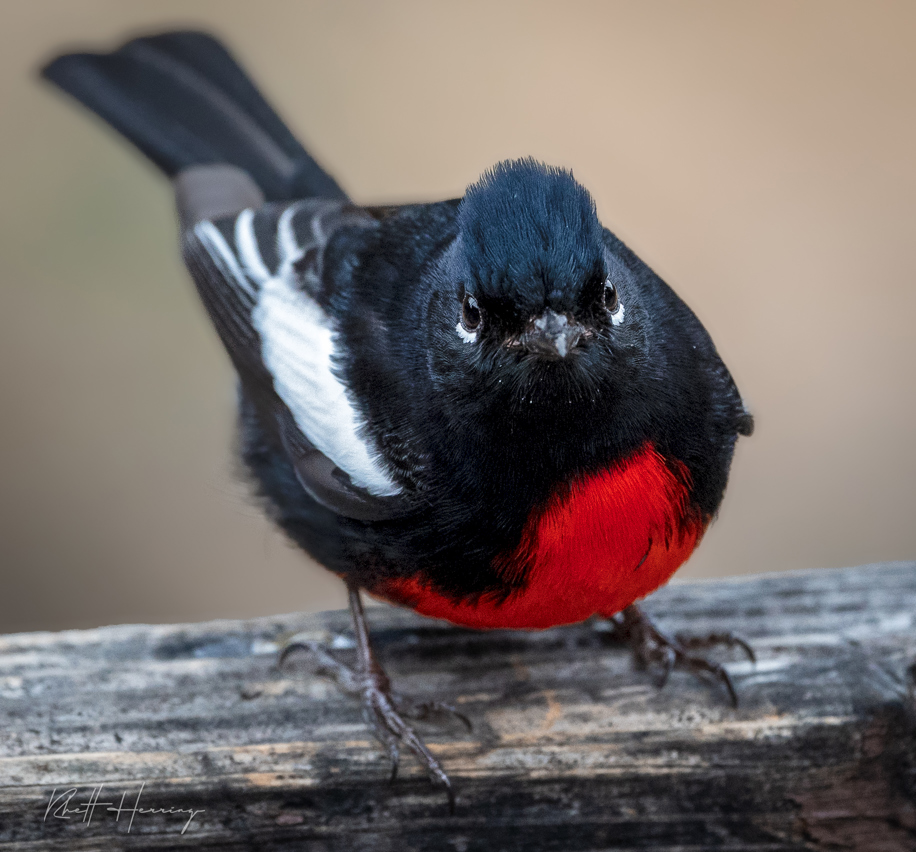
With its bold white wing patches and fluttery foraging style, this warbler favors oak groves mid-elevation. Look for them flitting along the Upper Canyon Trail in April.Rufous Hummingbird These tireless migrants appear in spring (late March) and again in fall (September). Check feeders around Santa Rita Lodge at dawn—you’ll often see territorial males chasing rivals.
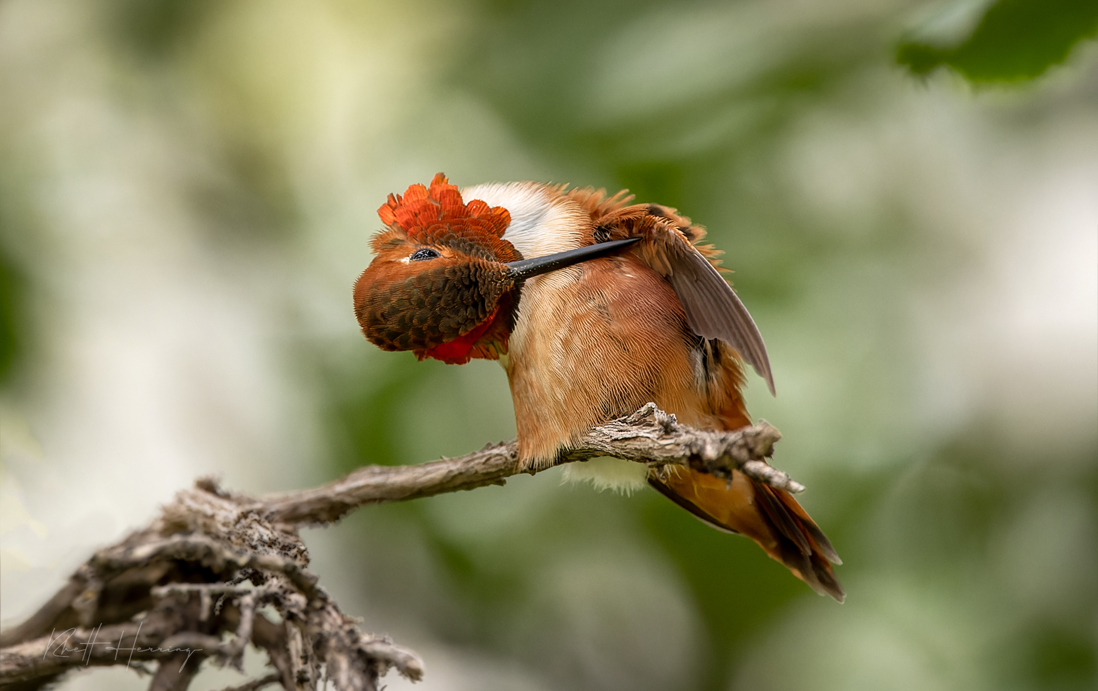
Lucy’s Warbler
A true desert specialist, Lucy’s Warbler stops at low-elevation mesquite bosques. Spot them in late April, gleaning insects from twigs.
Townsend’s Warbler
Often heard before seen, this striking yellow-and-black warbler migrates through conifer edges in April, offering quick glimpses along the Top-of-the-Canyon Trail.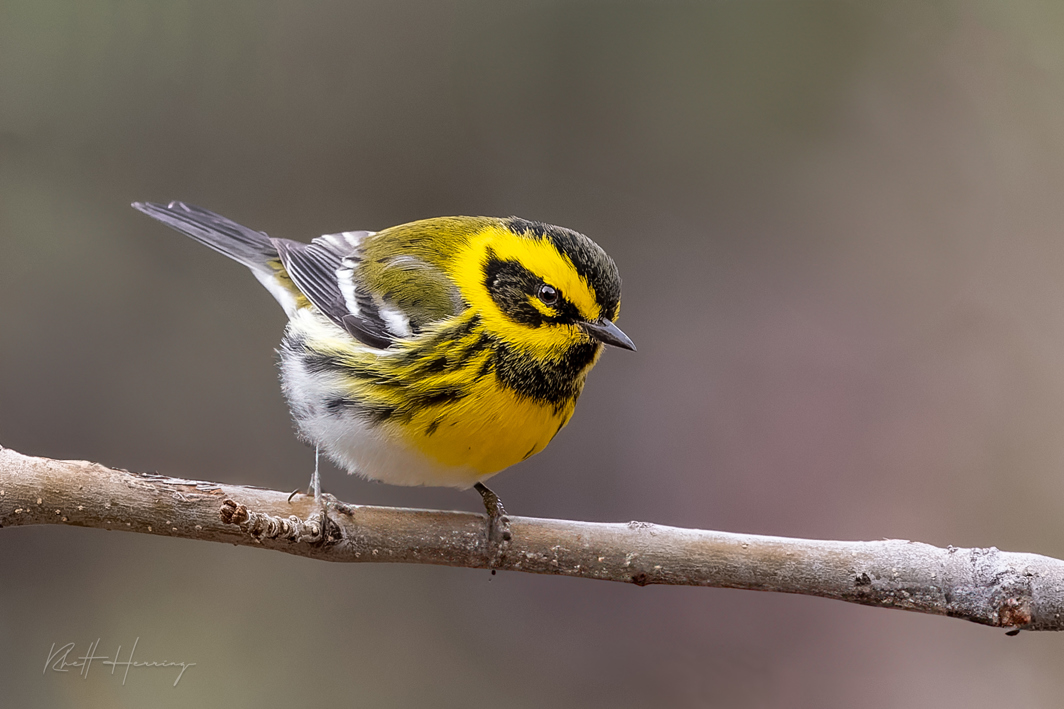
Zone-tailed Hawk
Often mistaken for Turkey Vultures, these hawks ride thermals above the canyon mouth in migration. Keep an eye on the sky in March and April for their distinctive flight silhouette.
Best Dates to Visit
Spring Migration Window (Mid-March to Mid-May):
Peak Passage: Late March through early April is magic for hummingbirds and buntings.
Warbler Bonanza: Mid-April often brings a flush of warblers and flycatchers.
Fall Migration Window (Mid-August to Mid-October):
Early Pullback: Late August sees the first Rufous Hummingbirds and orioles slipping south.
Broadband Movement: September into early October is prime for raptors, vireos, and sparrows making their return journey.
These ranges cover the bulk of movement, but specific species peak at slightly different times—so plan a second trip if you can!
Top Birding Tips for Madera Canyon
Beat the Heat (and the Crowds): Aim to arrive before sunrise when nocturnal migrants are still singing and diurnal species are most active. By 9 AM, many birds tuck into shaded canopies—and the trails get busier.
Choose Your Trail: The Santa Rita Trail (lower canyon) is great for desert specialists like Lucy’s Warbler, while the Top-of-the-Canyon Trail reaches mixed conifer habitat where you can pick up high-elevation migrants. If you only have time for one, start at the Upper Canyon Trailhead parking area and work both directions.
Bring Binoculars—and Patience: Sit quietly near creek crossings or along overhanging oak limbs. A mere 5–10 minutes of stillness can turn up unexpected warblers or vireos.
Use Playback Sparingly: A brief call or song clip can draw in curious birds, but overuse stresses migrants heading long distances. Keep it under 10 seconds and pause at least a minute before repeating.
Stay on the Path: Fragile riparian vegetation and understory plants are crucial for foraging. Respect posted signs and fenced-off areas to protect both birds and their habitat.
Hydration & Sun Protection: Even in spring, the desert can be deceptively warm. Bring plenty of water, a hat, and sunscreen—trailheads have limited shade.
Photo Spotlight
Lazuli Bunting, Madera Canyon – March 2025 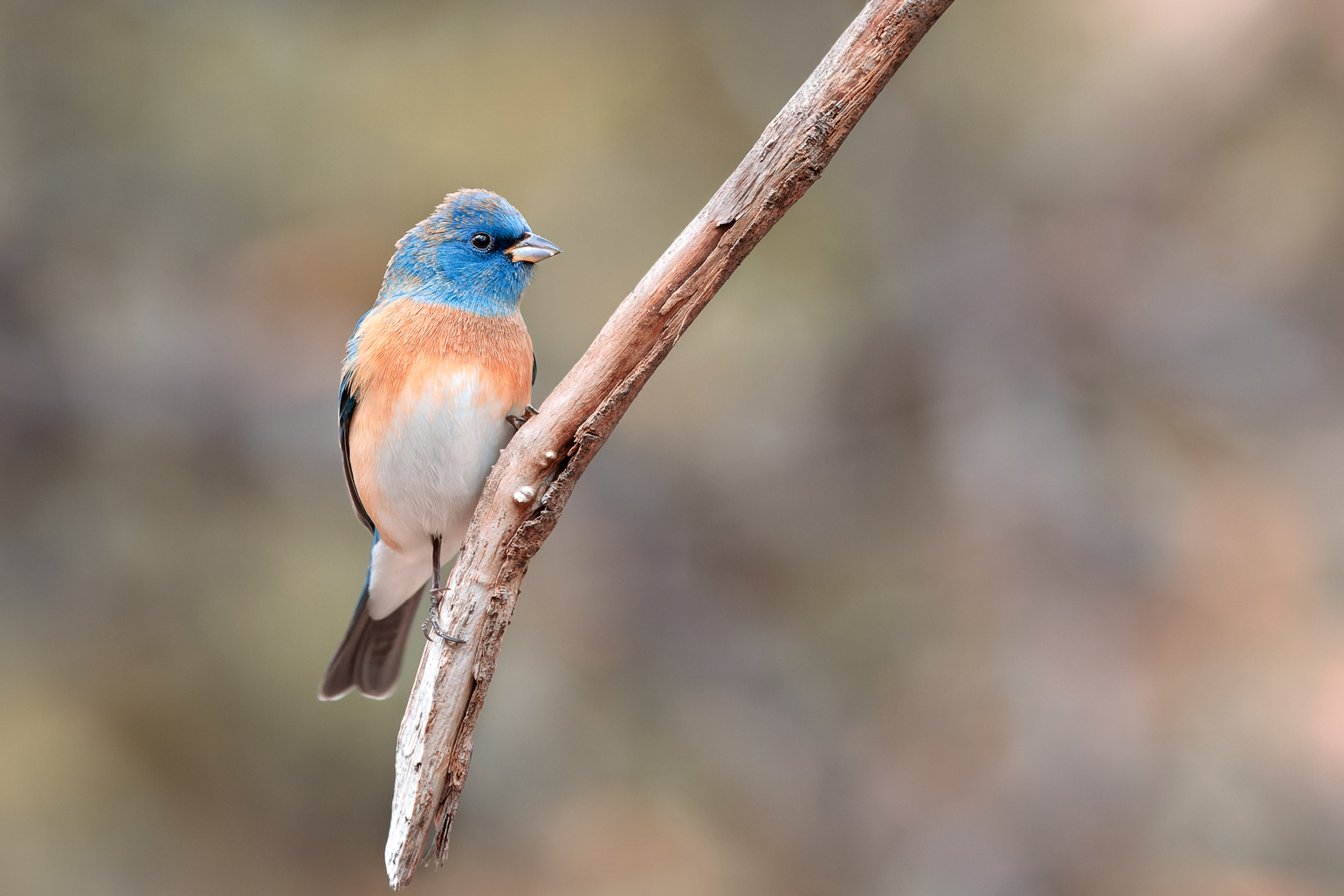
This vibrant male Lazuli Bunting is just one of the many colorful migrants you can spot in the canyon—keep your eyes peeled for flashes of blue among the oaks!
Wrapping Up & Next Steps
From mid-March through mid-May, and again in late summer, Madera Canyon bursts with life as migrants pour through its canyons and woodlands. Whether you’re a seasoned birder or just looking to witness your first Painted Redstart, this Sky Island oasis delivers.
Plan Your Visit: Download trail maps and seasonal advisories from the Coronado National Forest website: https://www.fs.usda.gov/recarea/coronado/recarea/?recid=25504
Join a Workshop: Head over to my Workshops page for dates and registration. I’ll be leading a spring migration outing in early April 2026—spots fill fast, so reserve your seat!
Share Your Sightings: Drop a comment below or tag me on Instagram @RhettHerringPhoto with your Madera Canyon shots—and don’t forget to use #SkyIslandMigration.
Safe travels, clear skies!